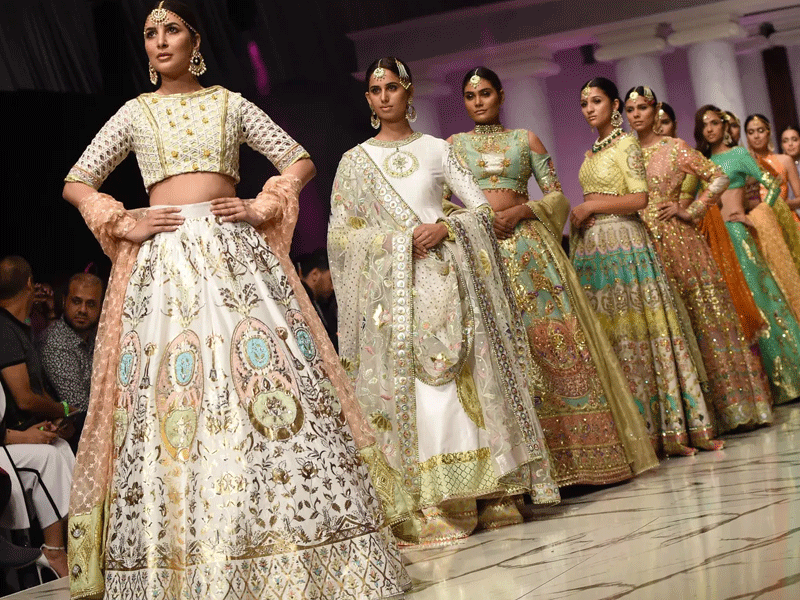Navigating the divide: Cultural appropriation in fashion and its impact

- 260
- 0
Cultural appropriation in the fashion industry is a topic that has sparked significant debate and scrutiny in recent years. At the intersection of creativity and cultural exchange, the industry faces complex challenges regarding the respectful representation and incorporation of diverse cultural elements. The controversy arises when aspects of a marginalized culture are adopted, often without proper credit or understanding, by those in positions of power and privilege. This practice not only undermines the cultural significance of these elements but also perpetuates stereotypes and inequalities.
Fashion, an expressive art form, has long been influenced by various cultures worldwide. However, the line between appreciation and appropriation becomes blurred when designers and brands commodify cultural symbols, styles, or traditions for profit without acknowledging their origins or significance. From runway shows to advertising campaigns, instances of cultural appropriation have triggered outrage and criticism for their lack of sensitivity and inclusivity.
One of the most prevalent examples is the use of sacred or ceremonial attire as fashion statements without understanding their spiritual or historical context. Designs inspired by Indigenous garments or religious symbols, when stripped of their cultural context and commercialized, can be deeply disrespectful and offensive to the communities from which they originate.
Moreover, cultural appropriation in fashion perpetuates power imbalances. While dominant cultures cherry-pick elements from marginalized ones for trends, individuals from those same marginalized communities often face discrimination or ridicule for expressing their cultural identities through fashion. This double standard underscores the inequality and privilege that pervade the industry.
The implications of cultural appropriation extend beyond the immediate fashion sphere. They reinforce stereotypes, erase cultural narratives, and contribute to the marginalization of already disadvantaged groups. They also hinder the opportunities for genuine collaboration and mutual appreciation among diverse cultures.
Addressing cultural appropriation in the fashion industry requires a multifaceted approach. Firstly, education and awareness play a pivotal role. Designers, brands, and consumers need to understand the significance and history behind cultural symbols to ensure respectful and responsible representation.
Furthermore, fostering inclusivity and diversity within the fashion industry is crucial. Empowering voices from diverse backgrounds, collaborating with cultural experts, and providing platforms for underrepresented designers can lead to more authentic and respectful representations of various cultures.
Implementing ethical guidelines and practices within the industry, such as giving credit to the originators and sharing proceeds from cultural-inspired designs, can promote accountability and respect.
Ultimately, cultural appropriation in fashion is a sensitive issue that demands careful consideration and proactive measures. By promoting cultural appreciation rather than appropriation, the fashion industry can embrace diversity, celebrate cultural richness, and foster a more inclusive and respectful environment for all.
Published in The Daily National Courier, November, 17 2023
Like Business on Facebook, follow @DailyNCourier on Twitter to stay informed and join in the conversation.

















































